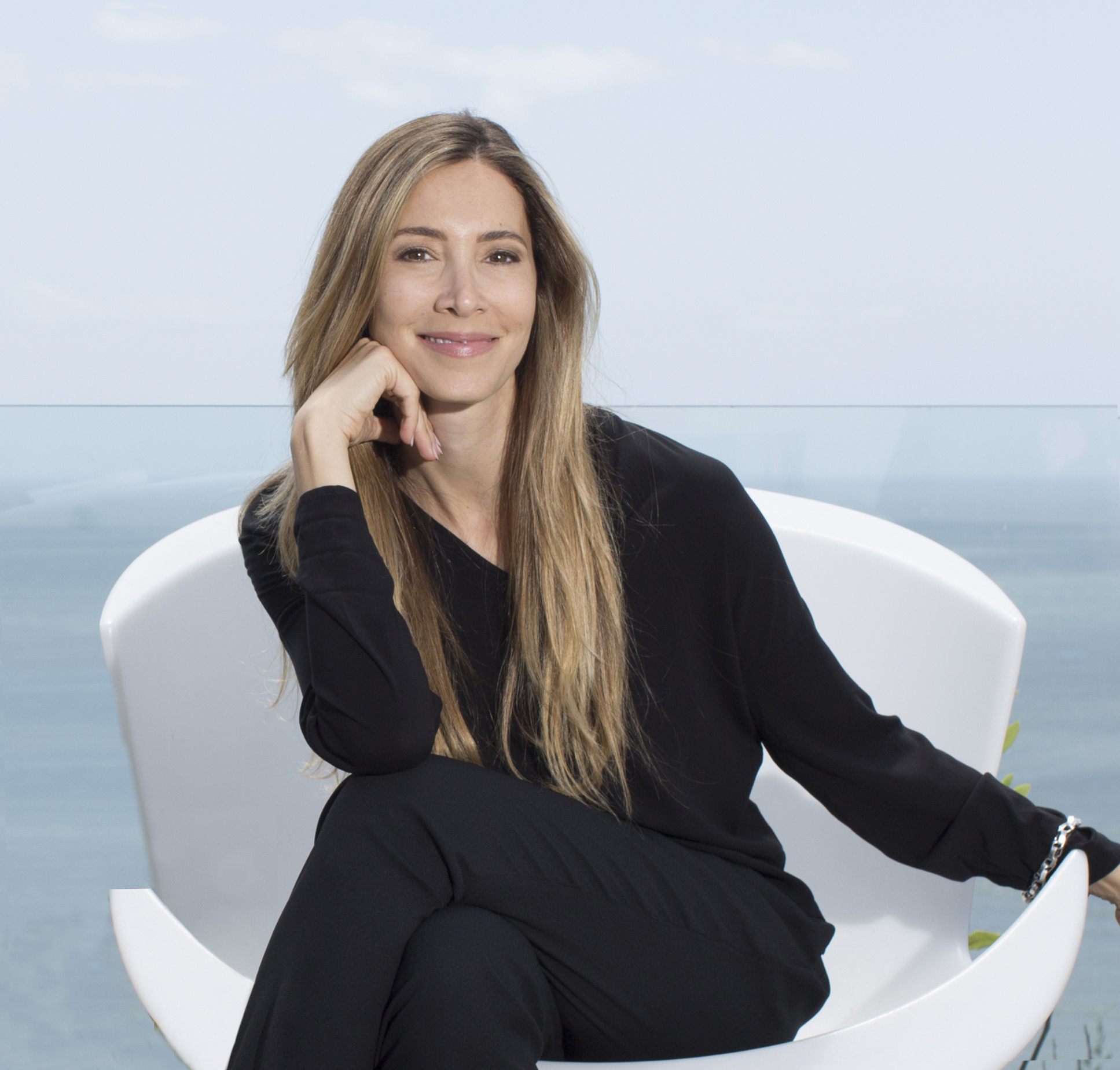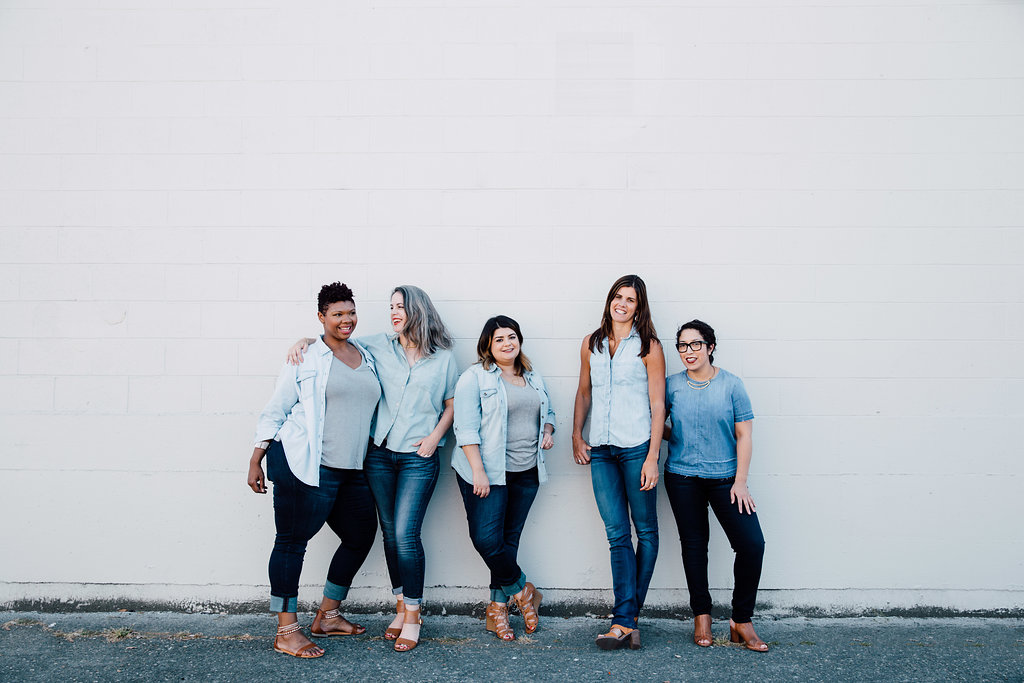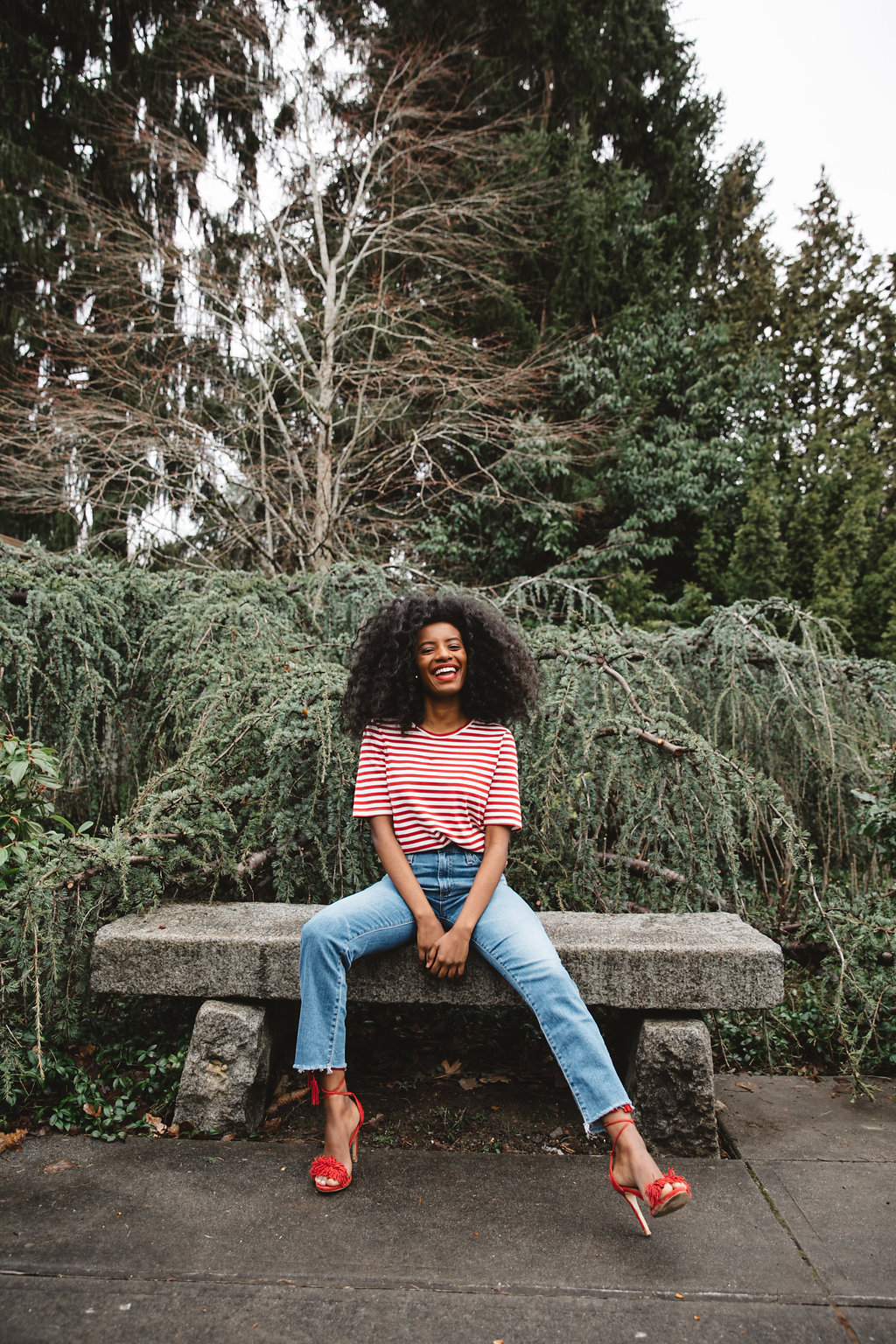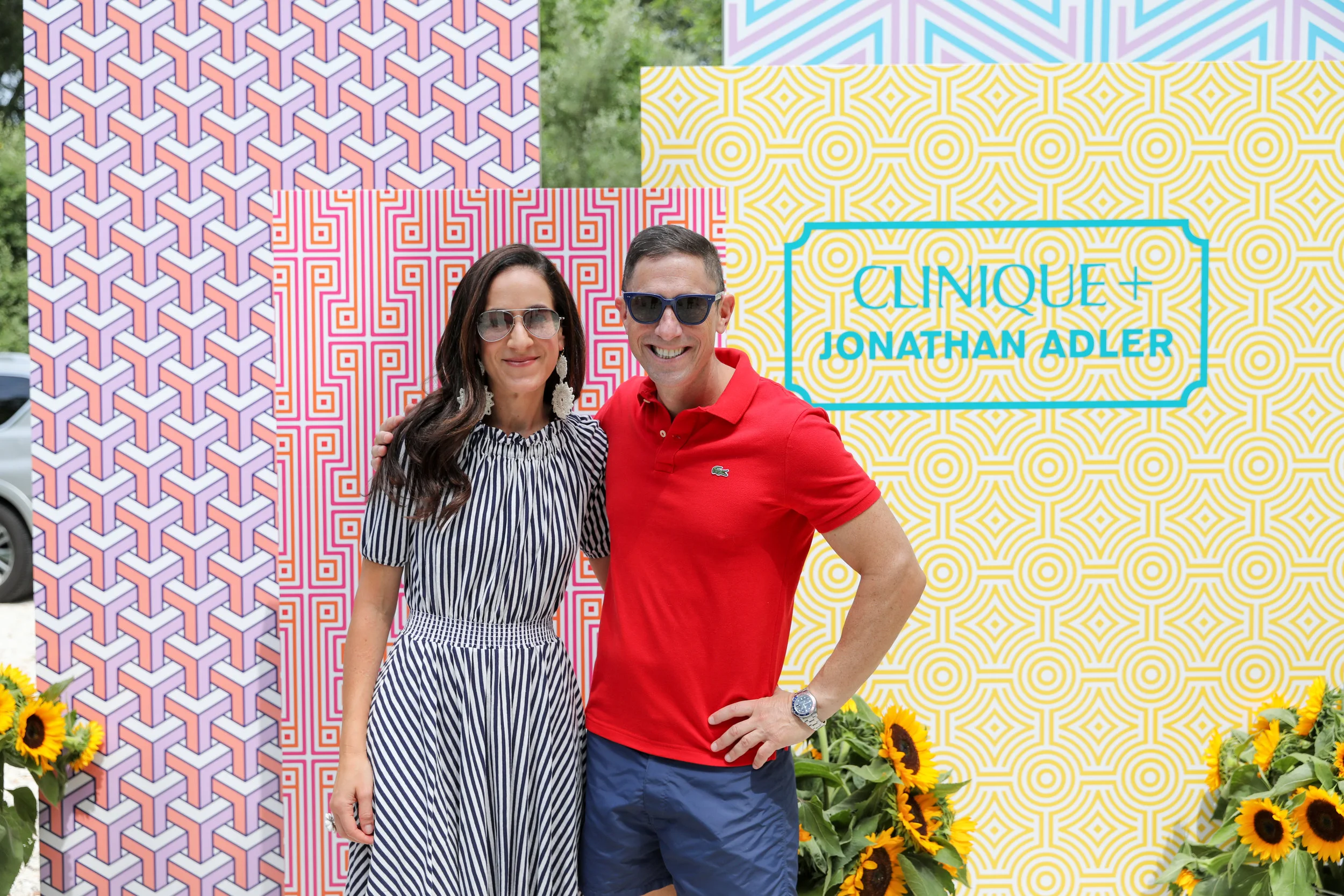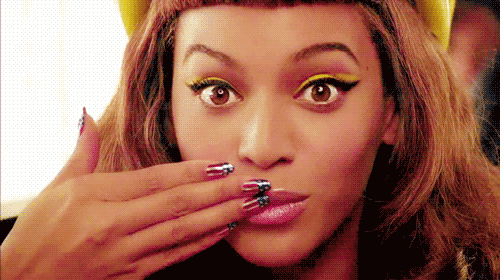Designer Vicki von Holzhausen grew up next to the Art Center College of Design in Pasadena, a school she calls, "one of the best for design." In high school she attended their industrial design classes where she discovered a love for the automotive. "Cars," von Holzhausen says, "are basically the most intricate and impactful products one can design so I immediately gravitated to them." She ended up attending Art Center College, in CA as well as on their European campus, where she was exposed to the German automakers which lead to an award-winning career at Mercedes in Germany.
Though it's not a world inhabited professionally by many women, von Holzhausen says, "the interesting part is that 85% of car purchasing decisions are made by women so there should be more women in it. I think it's a matter of exposing female design students." She's thankful she was exposed at a young age. She's also married to Tesla chief designer Franz von Holzhausen, who certainly knows a thing or three about sustainability.
But as of 2015, the designer made the full time switch from automotive design to handbag designer with the launch of her sustainable Malibu-based von Holzhausen bags and accessories-- product set apart as a result of her time in auto design. As a lifelong career fan of German industrial designer, Dieter Rams, the founder explains that she still abides by many of his design principles. "The ones that resonate with me the most are that good design should be honest, aesthetically pleasing, and environmentally friendly. My goal was to build a brand based on the principle that I believed in: a future-minded approach, timeless style, and sustainability."
"Good design should be honest, aesthetically pleasing, and environmentally friendly."
Tweet this.
With her eponymously named von Holzhausen line she mixes old world techniques with new, both of which she says, "play a role in our sustainable approach." For instance, the brand uses an innovative substitute for leather they call "Technik-Leather," which greatly improves the waste factor. "Since Technik-Leather is created in rolls, unlike cow hides," she shares, "there are no irregular edges, allowing our patterns to lay side by side with little waste between each piece. Our traditional approach has to do with using local talent here in Los Angeles to create our bags and accessories. We also finish all the details by hand since that's the best way to ensure the highest quality. We paint all the edges of each bag by hand which looks amazing and helps ensure longevity."
We caught up with the founder to find out what a day in the life of a sustainable designer looks like, what time she calls it quits, and what she learned from her design school all-nighters.
6:30am – 7am
I wake up early to check any urgent emails and spend about ½ hour going through my daily to do list from the day before. I try and get a workout in on my good days. My quick version is an app called SWORKIT and I do the 20minute core work out. My long version is a H.I.T. class at my local gym, but I can only squeeze those in on days when I have a light morning schedule.
I get a coffee in during my work out. Preference is a black Blue Bottle pour over.
7:30 – 8:30am
Shower & dress. If I’m visiting the factory where I produce the collection, I usually wear my typical uniform like a pair of slouchy jeans and a silky button down shirt or tank and some easy slides. If I’m working at my desk, I usually wear something like a jumpsuit or tank dress with one of our new belts to make it look more put together.
Around 9am
I spend at least 1 hour with emails and figuring out the day. I eat breakfast either at my desk or on my way out the door.
I always try to be flexible when unexpected requests get thrown my way and I’m used to switching up my routine all the time. As a young business, one of the advantages is that we can move quickly without too many issues, so flexibility is a huge benefit.
10am – 11 am
I run errands and try to get to the factory by 11am. We usually review samples in progress 1st and then talk about our weekly production volume and orders in progress.
This can take as little time as ½ hour to as much time as 2 hours depending on the designs we’re working on.
Some days, I meet with other members of my team who work remotely either in the downtown LA Arts District or back on the west side of LA. Those meeting usually revolve around creative direction for photo shoots and marketing strategy.
Other days, I have lunch or coffee dates that revolve around making connections to other entrepreneurs. I’ve learned a great deal from meeting other women who work about the process of building a business.
3pm – 5pm
I’m back at my desk around 3pm to handle any new issues that rise up. Then I try to spend at least a few hours before the end of the day organizing my team for the next few days. I attempt to stay a few steps ahead of everyone so we can meet all upcoming deadlines having to do with things like new product launches, photo shoot production, and website design. There is also an endless amount of paperwork that goes with running a business so I spend a few hours in that department as well.
Most days, I spend at least another hour on various calls during the afternoon since I’m more often than not, sitting at my desk.
6pm
If I have no dinner plans, I take an early dinner with my family and spend time with them until about 9pm.
10pm
I spend at least 1 more hour later in the evening on creative work. It’s a habit I developed as a young designer in school and later in the auto industry when I spent countless all-nighters finishing projects. It’s the time of day with the least amount of interruptions so I take advantage of it.
Images courtesy of von Holzhausen.



